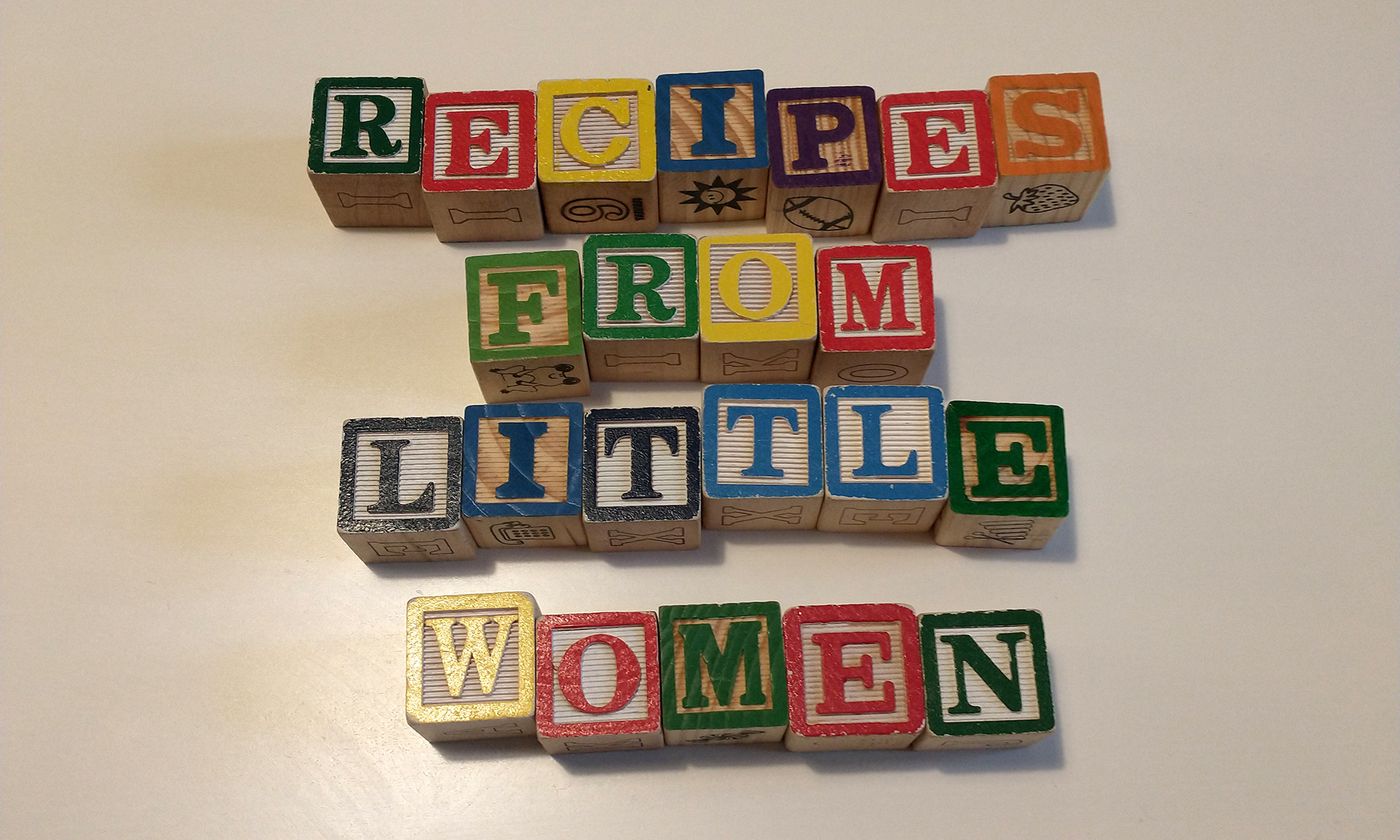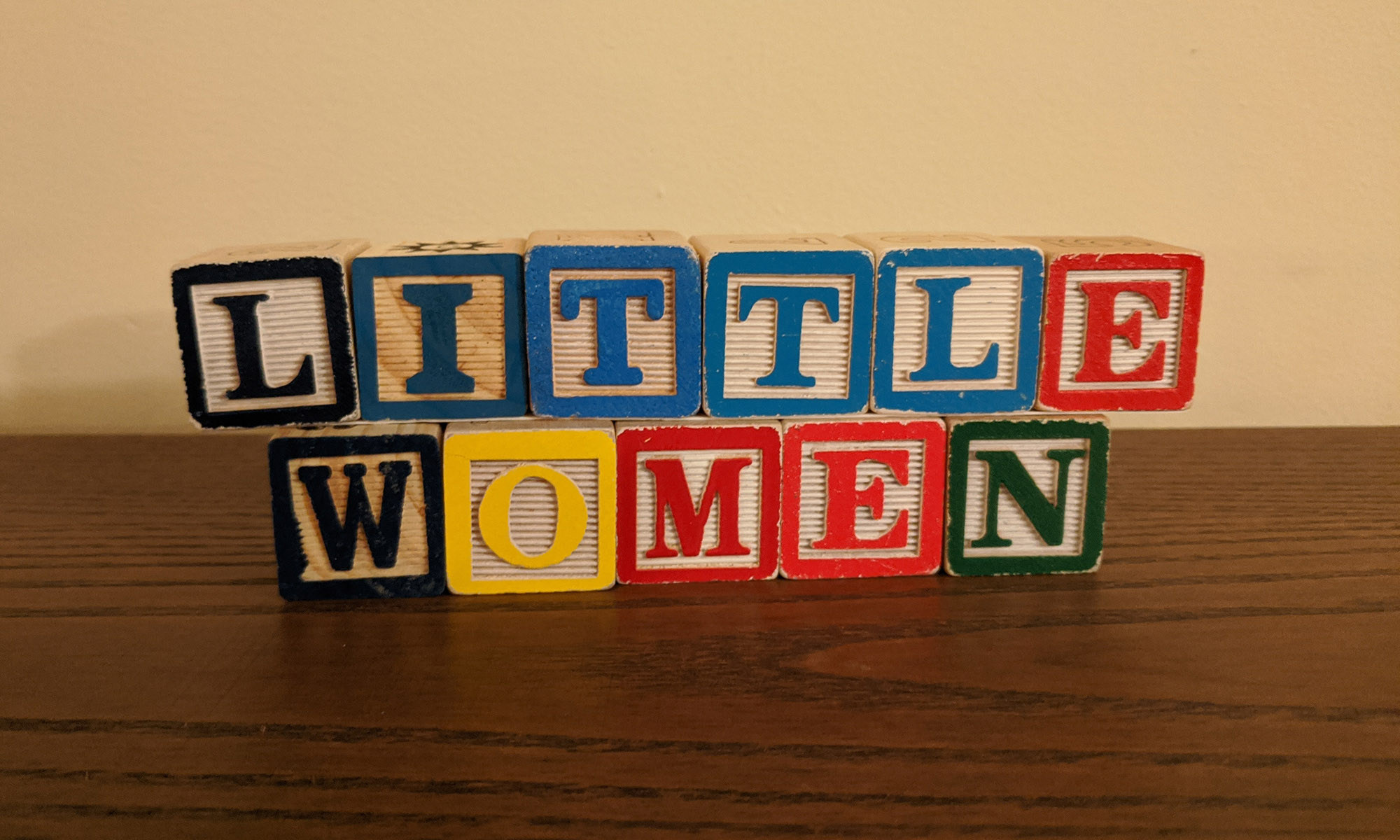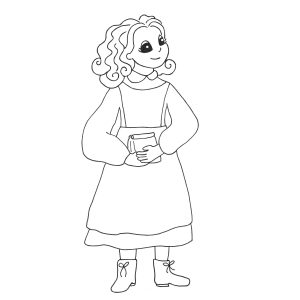Death in children’s literature is a heavy topic, and it’s one that teachers understandably often steer clear of. But don’t give up on the subject entirely. If your students are up for it, deaths in literature can be a chance for really good discussion if you handle the subject with pragmatism and sensitivity. In this episode, we take a look at how scenes of death are presented in children’s novels written before and after modern medicine, as well as the differences in how the death of a parent versus the death of a child affect the plot of a story.
Activity: How Do Characters Deal with Death?
This worksheet can be used after reading any story in which a character dies. Students can complete it alone, with a partner, or in small groups. Afterwards the questions could be developed into an essay or used in a group discussion. Questions include:
1. Which character dies in the story you are reading and what is the cause of death?
2. Did the character say anything about how they felt about dying? If not, how do you think the character would feel about their death? Would there be feelings of anger or acceptance? Would the character wish things had gone differently at all?
3. How did the character’s friends, family, or allies feel about the death? What did they do afterwards? Did the death of their loved one cause any of them to change?
4. Were any characters happy about the character who died? What did these characters say or do afterward?
5. If you were the character who died, how would you have felt about your fate? Would you have done things differently or tried to change what happened?
Download the worksheet “How Do Characters Deal with Death?”
Music
“He That is Down Needs Fear No Fall” by John Bunyan. Referenced in Little Women.
Sources
Roser, M. (2019, June 11). Mortality in the past – around half died as children. Our World in Data. Retrieved May 22, 2022, from https://ourworldindata.org/child-mortality-in-the-past







